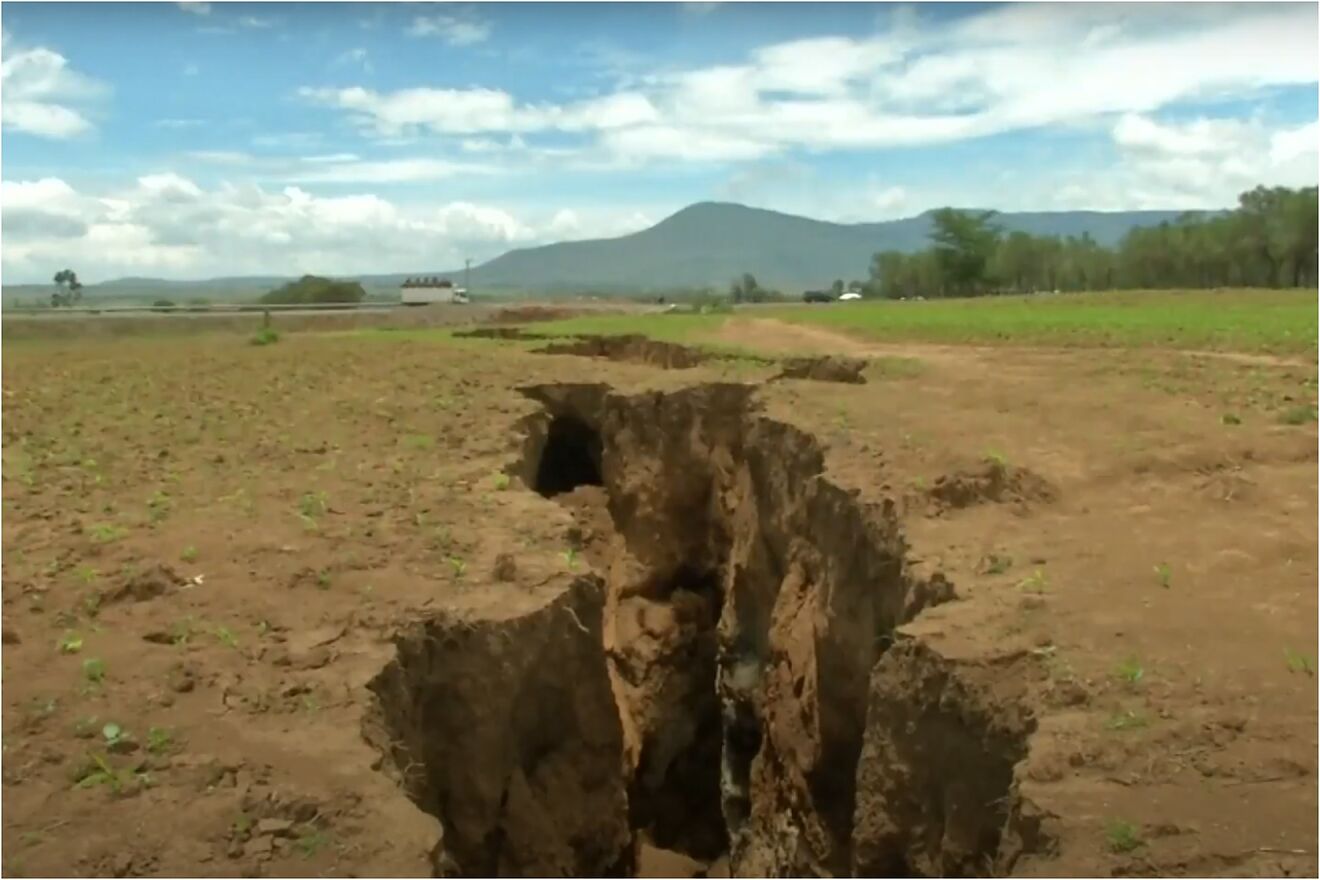- Science. Scientists raise concern as old asteroid visit left behind unsettling traces after massive object is detected in Solar System
- Science. It may be the most valuable historical object of all time: archaeologists find 500-year-old compass that could be related to Copernicus
There are some weather phenomena that are more surprising than others, but without a doubt, the eruption of lava in previously unknown places can be quite striking. In this case, such a phenomenon has occurred on the African continent, in an area conducive to this happening.
It was in Afar, a region of Ethiopia where three different types of tectonic plates converge: the triple junction of the Red Sea Rift, the Gulf of Aden and the Ethiopian Rift Valley. It was here that what is known as a rhythmic pulse of lava from the Earth's mantle has been detected.
This pulse sends currents of lava in varying amounts, simulating the beating of a heart. These respond to the stretching of the Earth's crust. In areas where the plates separate more rapidly, such as in the Red Sea, the flow is more intense and regular, similar to blood flowing through a constricted artery.
The Horn of Africa could split to form a new continent and ocean
One of the consequences of this situation could be the creation of a new ocean and the separation of the African continent into several parts, which would create a new continent. This pulse of lava is eroding the Earth's mantle, weakening the crust, even reducing it to 15 kilometers in some areas, but in addition, these new surfaces are being formed by the effect of lava expulsion.
It is for this reason that over millions of years, a new rift basin will be created, which is, for example, the reason for the creation of the Atlantic Ocean, possibly causing the Horn of Africa to separate. This phenomenon provides a unique window into how oceans form and how the Earth's internal dynamics interact with the surface.

